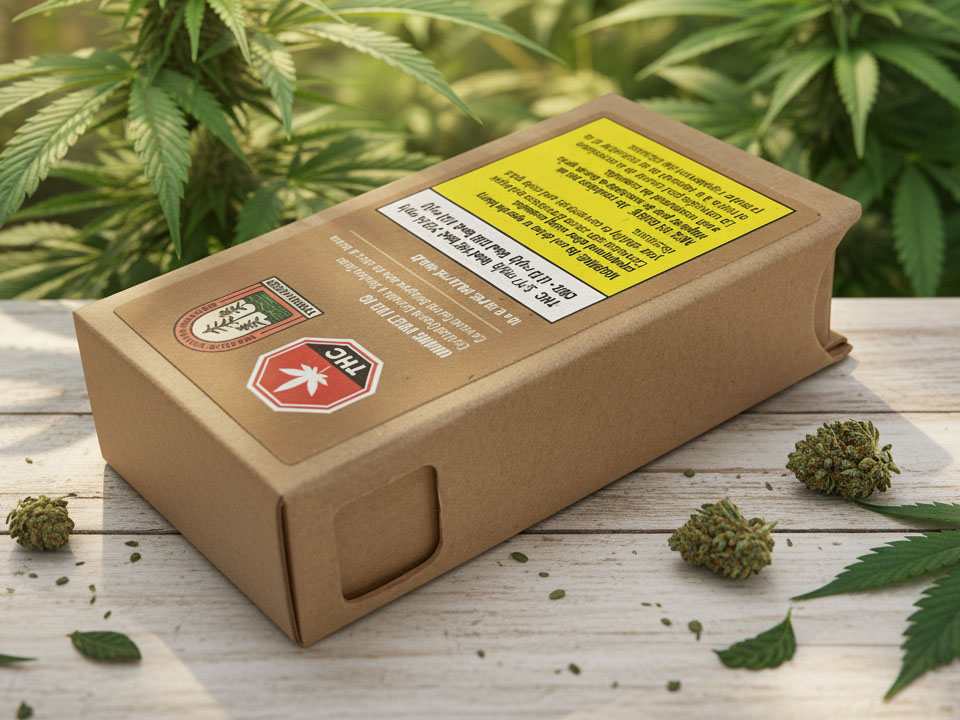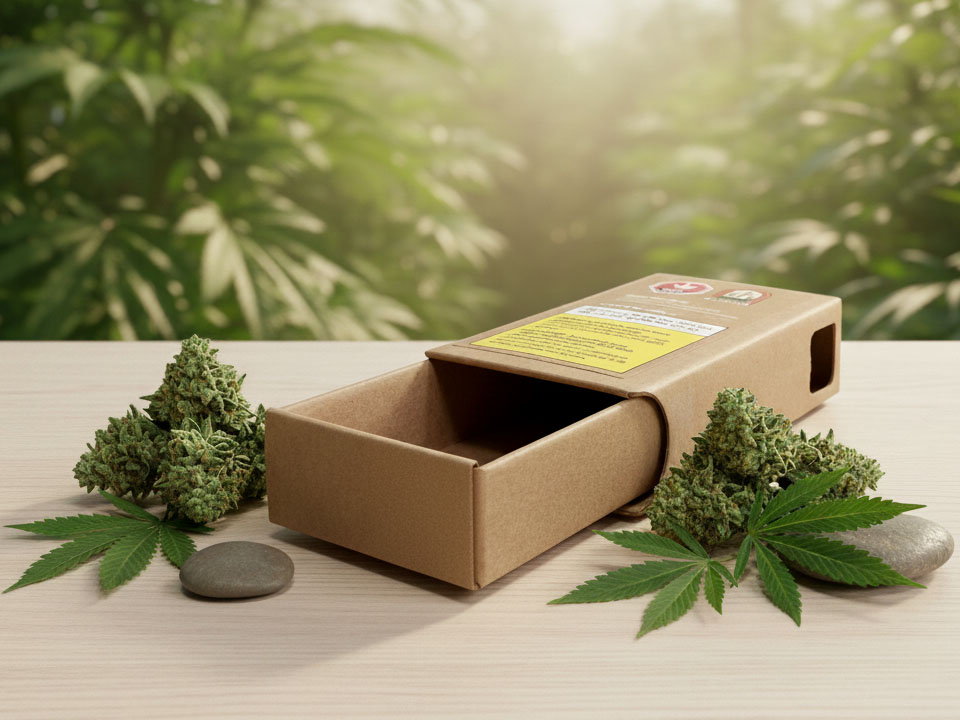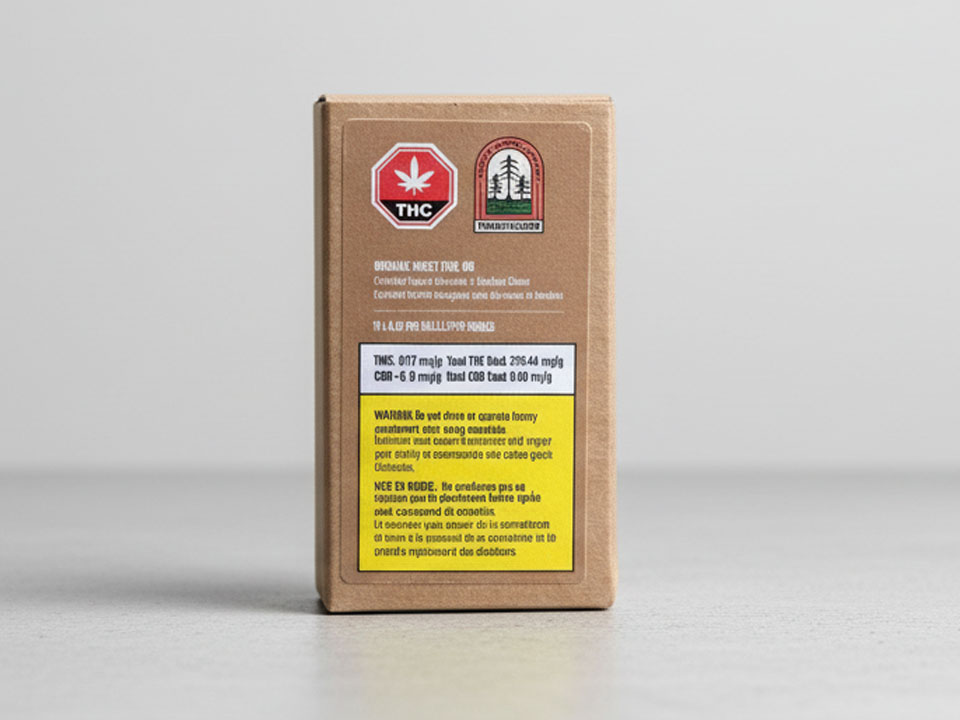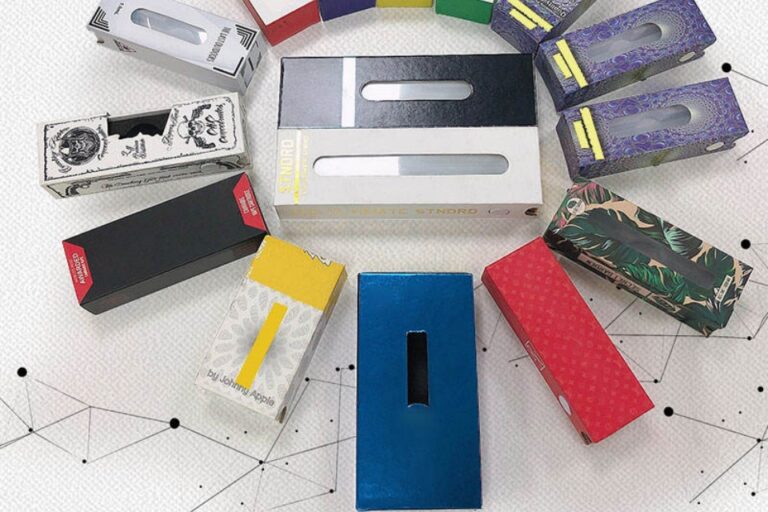-
Gushu Industrial Zone Xixiang Street, Bao'an District, Shenzhen

Impact of Federal Reclassification of Cannabis on Packaging
In 2023, the Department of Health and Human Services recommended that marijuana be moved from Schedule I to Schedule III, and in 2024, the DOJ proposed a formal rule under the Controlled Substances Act to do exactly that.
When the law shifts, the language of your packaging must evolve. The reclassification of cannabis isn’t just about legality — it reshapes how we build trust, communicate safety, and carry our brand from hand to hand.
In 2023, the Department of Health and Human Services recommended that marijuana be moved from Schedule I to Schedule III, and in 2024, the DOJ proposed a formal rule under the Controlled Substances Act to do exactly that. ([Moritz College of Law][1]) That doesn’t mean the shift is complete—many political and regulatory hurdles remain. ([ArentFox Schiff][2]) But the mere possibility of this change has sent ripples through every corner of the cannabis supply chain — especially packaging.
Let’s walk through how packaging must transform to survive and even thrive in the new landscape.
Table of Contents
1. Legal Standards Become Backbone, Not Afterthoughts
Under Schedule I status, cannabis packaging has floated under inconsistent oversight. But in a Schedule III world, federal agencies (DEA, FDA) may demand tighter control over labeling, safety, and traceability. ([Holland & Knight][3])
Packaging may need to follow pharmaceutical standards: serialization, batch codes, tamper-evidence, ingredient labeling, allergen disclaimers, stricter child-resistance, and mandatory warning zones. The packaging ceases to be a “brand choice” and becomes a compliance structure.
If you treat aesthetics first and regulation second, you risk retrofitting—and retrofits are expensive, messy, and often noncompliant.

2. Barrier & Material Expectations Surge
If cannabis is treated closer to a medicinal substance, packaging materials must protect product integrity longer and better under stress.
- Plastic, once acceptable, may face scrutiny. Indeed, plastics can degrade cannabis quality by absorbing or exchanging compounds. ([Plastic Pollution Coalition][4])
- Barrier films, multi-layer laminates, oxygen scavengers, opaque or UV-shielding layers will likely become the baseline, not the option.
- Still, these must balance with recyclability, sustainability, and cost. The ideal packaging layer is the one you don’t see—protective without intruding on experience.
You’ll no longer “add barrier later” — your materials must be engineered from the start for durability and compliance.
3. Claims, Graphics & Marketing Controls Tighten
One appealing aspect of current cannabis brands is their visual personality — strain art, flavor cues, evocative labels. But under Schedule III, these creative signals walk on thinner ice.
- Health or therapeutic claims will likely invite FDA scrutiny unless backed by rigorous studies. ([Congress.gov][5])
- Packaging that implies “medical” or “prescription-grade” may need disclaimers, licensing, or even drug labeling treatment.
- Regulatory bodies may draw stricter lines around graphics that evoke effects, dosing visuals, or “clinically proven” language.
Your visual voice must now encode humility and compliance, not just desirability.
4. Brand Trust Becomes Packaging Capital
Here lies opportunity. As regulation rises, so does the value of packaging credibility.
- A premium child-resistant closure, tamper-evidence snap, or serialized inner liner signals your brand is investing in trust.
- Packaging becomes part of your brand’s trust infrastructure, not decoration.
- In crowded shelves, brands that show integrity through structure and detail will outlast those relying on hype.
Your packaging can carry more of your brand’s backbone than your marketing ever could.

5. Cost, Supply Chain & Margin Pressures
Stricter materials, tighter tolerances, regulatory compliance — all weigh heavily on cost. But playing defense here traps you.
- Margins will compress if packaging is viewed as overhead rather than brand equity.
- Vendors able to supply compliant, scaleable materials and barrier systems will dominate.
- Packaging strategies must evolve: batch runs, modular SKUs, forward inventory, responsive design.
You must treat packaging as strategic investment, not cost bleed.
6. Strategic Moves You Can Take Right Now
Don’t wait for rescheduling to land — begin shaping your future packaging now:
- Audit current designs against proposed drug-label standards.
- Pilot upgraded barrier laminates, serialization, tamper bands, UV filters.
- Build dielines with zones reserved for disclaimers and lab readability.
- Partner early with packaging vendors who understand pharmaceuticals and medicine-level compliance.
This repositioning lets you lead — not react — when federal rules land.

Closing Reflections
Reclassification won’t be an overnight shift, but it’s a turning tide. Packaging is among the loudest silent signals your brand sends. Under Schedule III, it becomes not just a canvas — but a contract.
If you treat packaging as an afterthought now, you’ll scramble later. But if you see it as a core pillar of brand trust, you’ll emerge stronger. When your end-user holds your box, they should feel: “This is serious. This is safe. This is intentional.” That feeling, even before they open, is your real edge.
Comments
ASTM D3475 biodegradable pre roll packaging Bulk Wholesale Packaging cannabis branding cannabis packaging cannabis packaging compliance cannabis packaging wholesale Cheap Cannabis Packaging child-resistant child-resistant packaging child resistant packaging child resistant vape packaging China packaging manufacturer Concentrate Container Packaging custom cannabis packaging custom pre roll boxes custom vape boxes Dispensary Packaging eco friendly cannabis packaging eco friendly packaging ISO 8317 magnetic closure box marijuana packaging OEM/ODM OEM/ODM cannabis packaging OEM/ODM Wholesale OEM ODM Cannabis Packaging OEM ODM Packaging packaging design paper tube packaging PPPA 16 CFR 1700 pre-roll packaging Pre Roll Packaging sustainable cannabis packaging Sustainable Packaging Sustainable Vape Packaging tamper-evident Tamper-Evident Packaging TPD compliance Vape Cartridge Boxes vape cartridge packaging wholesale cannabis packaging Zhibang Zhibang China factory Zhibang packaging



